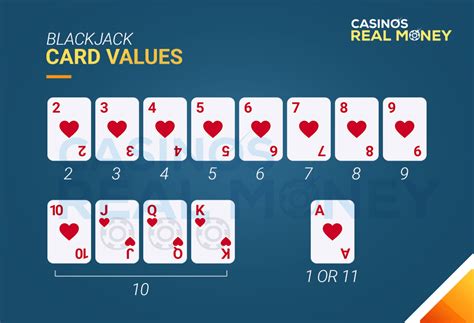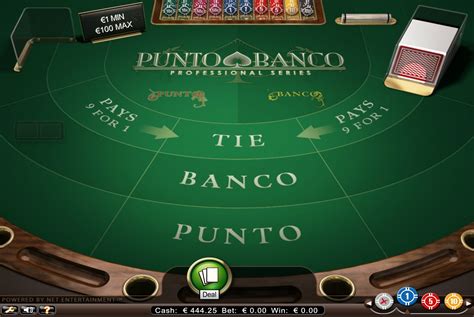The Art of Baccarat: History, Gameplay, and Strategies
Explore the world ofbaccarat, a classic casino game that blends elegance with chance. Learn about its history, rules, and strategies to master this sophisticated card game.
Detailed Content:
The Art of Baccarat: History, Gameplay, and Strategies
Baccarat is a timeless casino game that epitomizes elegance and excitement. Its origins trace back centuries, offering a blend of chance and skill that attracts both seasoned players and newcomers. Whether you're new to the game or looking to refine your strategy, this guide explores the fascinating world ofbaccarat, including its history, gameplay, and strategies for success.
A Brief History of Baccarat
Baccarat's origins are somewhat disputed, but it is widely believed to have originated in Italy during the Middle Ages. The name "baccarat" is derived from the Italian word "baccara," meaning "zero," referring to the game's unique scoring system where all face cards and tens hold a value of zero.
From Italy, the game spread to France, where it became a favorite among the nobility in the 19th century. Known as "Chemin de Fer," the French version of the game involved players taking turns as the banker. Baccarat eventually made its way to England, where it gained further popularity, and then to the United States in the 20th century.
Today,baccaratis a staple in casinos worldwide, with different variations such as Punto Banco, Chemin de Fer, and Baccarat Banque. Its reputation as a game for high rollers and its depiction in popular culture, including James Bond films, has added to its allure.
How to Play Baccarat
Baccarat is a straightforward card game, making it accessible for all types of players. The objective is to bet on the hand that comes closest to a total value of nine. Players can wager on the "Player" hand, the "Banker" hand, or a "Tie."
Card Values

Number cards (2–9): Face value
Face cards (King, Queen, Jack) and 10s: Worth 0
Aces: Worth 1

If the total exceeds 9, the second digit represents the hand's value. For example, if the cards total 15, the hand is worth 5.
Gameplay
1. Placing Bets: Players place their bets on the Player, Banker, or Tie.
2. Dealing Cards: The dealer deals two cards each to the Player and the Banker.
3. Determining the Winner: The hand closest to 9 wins. In some cases, a third card may be drawn based on specific rules:
Player: Draws a third card if the total is 5 or less.
Banker: Draws a third card depending on the Player's third card and the Banker's total.
Strategies to Enhance Your Odds
Whilebaccaratis largely a game of chance, implementing certain strategies can help you manage your bankroll and improve your overall experience:
1. Bet on the Banker
Statistically, the Banker bet offers the best odds, with a house edge of approximately 1.06. Even though casinos charge a 5 commission on Banker wins, this bet remains the most favorable in the long run.
2. Avoid the Tie Bet
The Tie bet may seem tempting due to its high payout (often 8:1), but it comes with a significantly higher house edge, around 14.4. This makes it a riskier choice for consistent play.
3. Utilize Bankroll Management
Setting a budget and sticking to it is crucial inbaccarat. Divide your bankroll into sessions, and avoid chasing losses. This disciplined approach ensures you can enjoy the game without financial strain.
4. Follow Trends (with Caution)
Manybaccaratplayers track patterns using scorecards provided at the table. While no strategy can predict future outcomes in a game of chance, following trends can add an element of fun and focus to your gameplay.
Why Baccarat is a Favorite
Baccarat's appeal lies in its simplicity, fastpaced nature, and low house edge. Unlike poker or blackjack, which require complex strategies,baccaratis easy to learn and play. The game’s elegance and association with high society also add to its charm.
Moreover,baccarat's straightforward rules and quick rounds make it accessible to both novice and experienced players. Whether you prefer the highstakes atmosphere of a live casino or the convenience of online gaming,baccaratoffers an engaging experience for all.
Variations of Baccarat
Baccarat has evolved into several popular variations, each with its unique rules and gameplay:
1. Punto Banco

This is the most common version ofbaccaratfound in casinos, especially in the United States and online platforms. In Punto Banco, the casino acts as the banker throughout the game.
2. Chemin de Fer
Chemin de Fer is the original French version of the game, where players take turns acting as the banker. It offers a more interactive experience compared to Punto Banco.
3. Baccarat Banque

In Baccarat Banque, one player assumes the role of the banker for the entire session, creating a dynamic similar to Chemin de Fer but with slight variations in gameplay.
Online Baccarat: The Modern Twist
The advent of online casinos has madebaccarataccessible to a wider audience. Onlinebaccaratretains the elegance of the traditional game while offering convenience and flexibility. Many platforms also provide live dealer games, allowing players to experience the thrill of a real casino from the comfort of their homes.
Some online casinos also introduce unique side bets and bonuses, adding an extra layer of excitement to the game. However, it's essential to choose reputable platforms to ensure fairness and security.
Conclusion
Baccarat is more than just a casino game; it’s a symbol of sophistication and excitement. Its rich history, simple rules, and potential for strategic play make it a favorite among gamblers worldwide. Whether you're drawn to its elegance or seeking a thrilling game of chance,baccaratoffers something for everyone.
By understanding its history, mastering the basics, and employing smart strategies, you can elevate yourbaccaratexperience and enjoy this timeless game to the fullest.